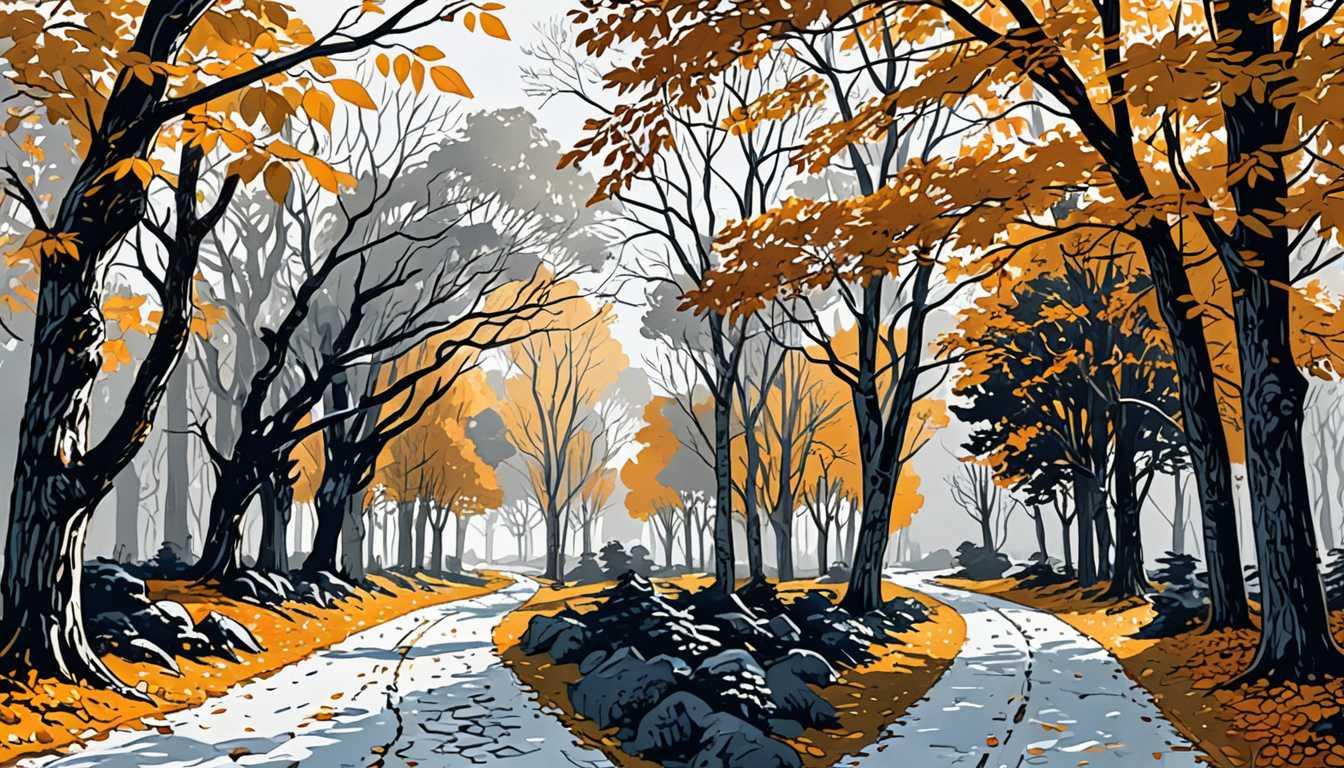Urban Wildlife's Survival Secrets
August 2023
Cornell University
Introduction
Dive into the bustling world of urban wildlife through Cornell University's fascinating findings on City-dwelling wildlife demonstrate ‘urban trait syndrome’. Discover how city life molds animals to become versatile diners and savvy survivors, with insights from a global study spanning 379 cities! From birds shrinking to beetles speeding up, learn how urban environments are reshaping the animal kingdom. A must-read for anyone curious about how nature adapts to city life.
READ FULL ARTICLEWhy It Matters
Discover how this topic shapes your world and future
Unveiling the Urban Jungle
Imagine walking through your city and spotting a variety of birds, insects, and even the occasional reptile. Now, think about how these creatures have adapted to thrive right alongside us, in the bustling heart of our urban environments. This is the essence of 'urban trait syndrome,' a concept highlighting how city-dwelling wildlife has evolved distinct characteristics to survive and flourish in urban landscapes. From birds that have become dietary generalists, to beetles that have enhanced mobility, these adaptations reveal the resilience and versatility of nature in the face of urbanization. Understanding these changes is crucial not only for appreciating the biodiversity within our cities but also for fostering ecosystems that support both wildlife and human populations. This topic connects directly to you, offering a fresh lens through which to view your daily urban environment and its non-human inhabitants. It invites you to consider the impact of human expansion on other species and the importance of creating cities that are healthy for all forms of life.
Speak like a Scholar
Urban trait syndrome
A collection of characteristics that have evolved in wildlife to adapt to urban environments, including changes in diet, reproduction, and size.
Biodiversity
The variety of life in the world or in a particular habitat or ecosystem, crucial for maintaining healthy and resilient environments.
Generalist species
Organisms that can thrive in a wide variety of environmental conditions and can make use of a variety of different resources.
Specialist species
Organisms that thrive only in a narrow range of environmental conditions or have a limited diet.
Central place forager
An animal that has a specific home base or nest and travels from this point to gather food.
Ecosystem
A biological community of interacting organisms and their physical environment.
Independent Research Ideas
Impact of urbanization on birdsong variability
Investigate how living in noisy urban environments influences the complexity and volume of birdsong, potentially affecting communication and mating behaviors.
The role of green spaces in supporting urban biodiversity
Explore how parks and green corridors contribute to maintaining biodiversity in cities, and their impact on the health and well-being of urban residents.
Diet adaptations of urban wildlife
Examine how specific species have altered their feeding habits to exploit human food sources, and the implications for their health and survival.
Comparative analysis of urban vs. rural reptile populations
Study the physical and behavioral differences between urban-dwelling reptiles and their rural counterparts, focusing on aspects such as size, diet, and reproduction.
The effectiveness of artificial nesting structures in urban environments
Assess how man-made nesting aids (e.g., birdhouses, bee hotels) influence the reproductive success and population dynamics of urban wildlife species.
Related Articles

Green Views, Happier Moods
July 2023
JSTOR Daily

Decoding Urban Greenery: A New Map
March 2023
Leiden University

Forests at a Crossroads: Act Now
November 2023
University of Cambridge

Remote Work Reshapes U.S. Travel Patterns
April 2024
Massachusetts Institute of Technology (MIT)

Seeds of Urban Renewal
November 2013
Smithsonian Magazine